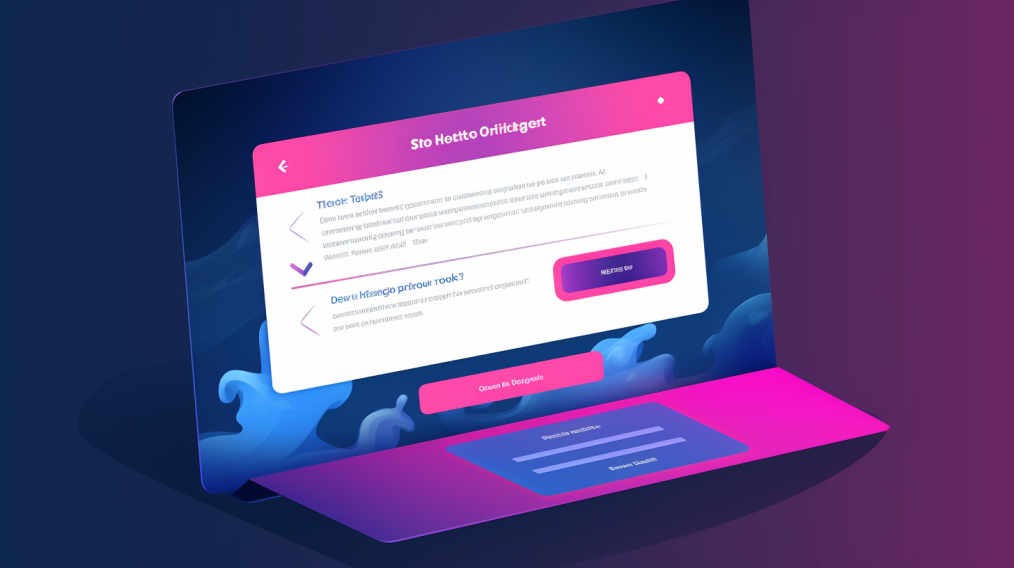4 Call-to-Action Mistakes You Should Avoid

Content marketers can often have a love/hate relationship with calls to action. There’s always the fear that a call-to-action can come across as too sales-y or aggressive, and placement and design can be a head-scratcher.
If you decide to add a CTA to your article body, here are a few mistakes to avoid.
1) Not considering the traffic source or campaign.
User behavior differs from platform to platform, and also by traffic source. For example – people engaging with your content on mobile may not scroll down and read through the whole article, so you may want to consider interspersing a text CTA every few paragraphs.
If you have one traffic source that will be the primary source of visitors, tailor your CTAs to match that source’s user behavior. There are also plenty of tools that will let you customize your CTA by source (us, for example).
2) Keeping them hidden.
If you’re afraid of your content being too sales-y, then you may be tempted to minimize your CTAs. For example, you could opt for a CTA in the body of a paragraph rather than one that stands out a bit from the article.
But that’s not the only way CTAs can be hidden. Sometimes going the other direction – being too sales-y – can hurt you just as much.
A lot of marketers opt for designed banners on the bottom or on the right rail of an article. This can often hurt visibility. Plenty of research shows that internet users have banner blindness – they rarely interact with them, and mostly skip over them when they’re skimming an article. Users will most likely ignore your CTA if it’s designed as a banner, just out of habit.
Plenty of research shows that internet users have banner blindness - they rarely interact with them, and mostly skip over them when they’re skimming an article. #Adlergic Share on X3) Not giving the user context.
As a marketer, you probably know your product inside-out. You can use it in your sleep, you can recite its value proposition ad nauseam, and you probably feel like you’ve written every possible tagline in the universe. But there’s the problem right there. You know everything about your product, but your user doesn’t.
You should always assume a user doesn’t know your value proposition. That’s not a judgment of your marketing chops – it’s just a fact of life. Think about the marketing blogs you follow. How much do you know about the companies behind them?
There’s nothing wrong with telling your user what you do. Even if they know already, they won’t be opposed to a refresher.
4) Ignoring the stage in the funnel.
Not all content is created equal, and not all content is right for every stage in the funnel. Are you writing for people who have discovered you for the first time? Then send them to a whitepaper or a webinar. Is this for existing customers? Encourage them to interact with the product, and so on. For example – this blog post is meant primarily for readers who are not currently customers. Check out our chosen CTA below.
At the end of the day, what matters most is that you take your users’ behavior into consideration when you decide on your CTA. That way you can ensure you’re making the most of it.
If you’re using CTAs, you’re probably measuring ROI. But are you truly understanding your content’s impact? TrenDemon can provide you with clear, actionable insights to improve your ROI, and optimization tools to supercharge your efforts.